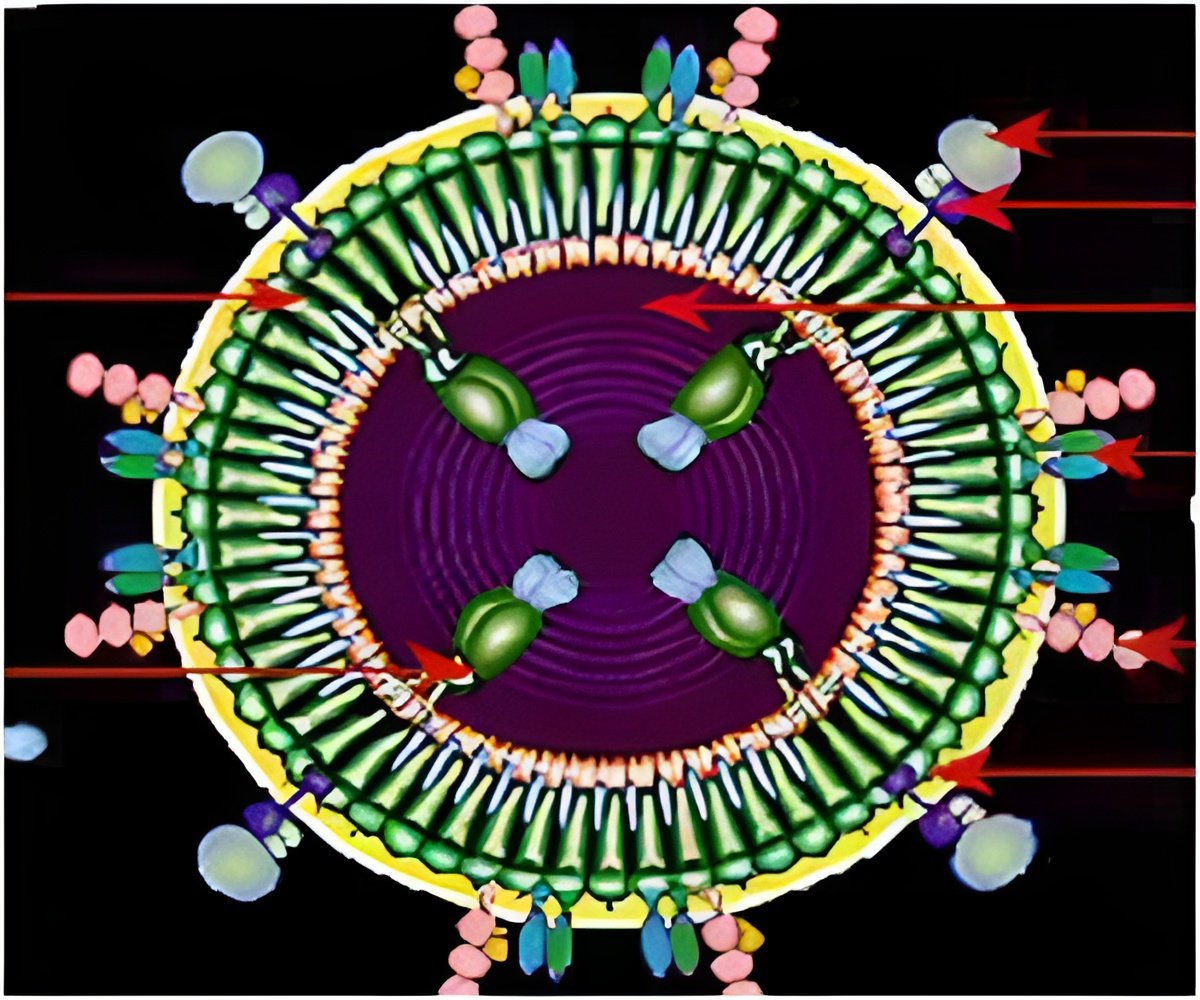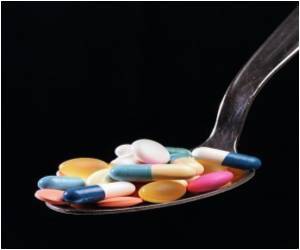
According to Professor Russell Crawford, Dean of the Faculty of Life and Social Sciences, a co-author, the research conducted by the faculty’s Nano-BioTech Group showed that when exposed to an 18 GHz radiofrequency electromagnetic field, E. coli cells ingested sugar molecules from the solution surrounding them.
“This showed us that the microwave treatment was opening up pores in the bacterial cells, allowing sugar molecules to cross the cellular membrane.”
Scientists have long debated whether microwave frequency exposure can affect bacterial cells independent of microwave-associated temperature increases.
By conducting the experiments at lower peak temperatures – between 20 and 40 degrees – the researchers were able show that it was a specific bioeffect caused by the electromagnetic field exposure, rather than high temperatures, which caused changes to the bacterial cells.
This also meant that the researchers were able to induce pores in the bacterial cells without causing any heat damage. According to Professor Crawford, this has great potential for research and medical applications.
Advertisement
“By focusing microwave treatment on the site, this would open up pores in the bacterial cells allowing the drugs to enter. And because the microwave treatment would be done at a low temperature it wouldn’t damage any of the patient’s surrounding cells.”
Advertisement
The paper, Specific Electromagnetic Effects of Microwave Radiation on Escherichia coli, was authored by Yury Shamis, Dr Alex Taube, Dr Natasa Mitik-Dineva, Professor Russell Crawford and Professor Elena Ivanova from Swinburne University of Technology and Professor Rodney Croft from the University of Wollongong.
Source-Medindia










